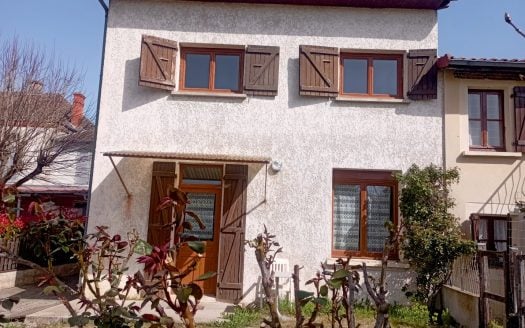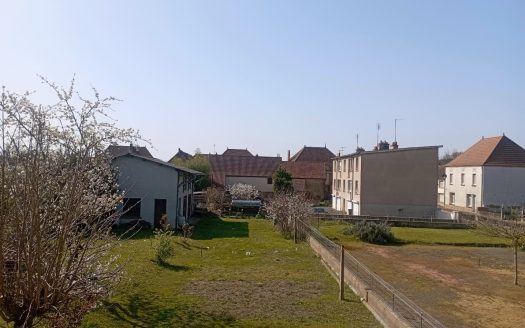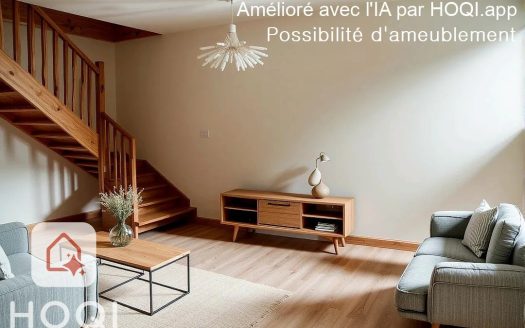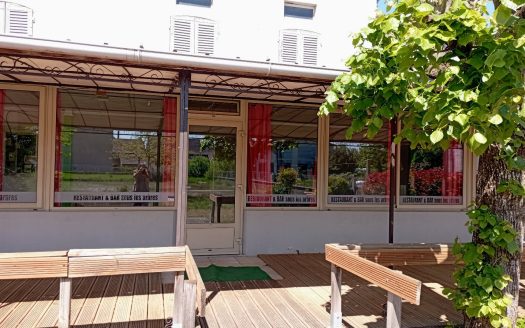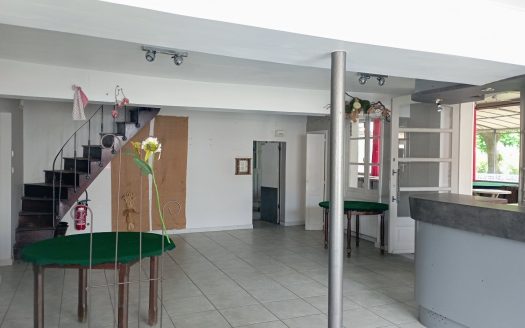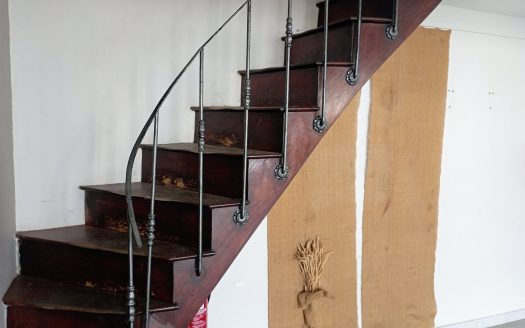Discover Property Opportunities in Burgundy-Franche-Comté, France
Located in eastern France, Burgundy-Franche-Comté is a region renowned for its rolling vineyards, historic towns, and breathtaking natural landscapes. This picturesque area combines a rich cultural heritage with a tranquil lifestyle, making it a top destination for property buyers seeking charm, elegance, and serenity.
The Burgundy region consists of 8 départements: the Côte-d’Or (21), the Doubs (25), the Jura (39), the Nièvre (58), the Haute-Saône (70) the Saône-et-Loire (71), the Yonne (89), and the Territoire de Belfort (90).
From the world-famous wine regions of Burgundy to the lush forests of the Jura Mountains, Burgundy-Franche-Comté offers a diverse range of living environments. Key cities such as Dijon, Besançon, and Beaune provide modern amenities while preserving their historical charm, making this region a haven for families, retirees, and investors alike.
Geography and Climate: A Region of Natural Beauty
Burgundy-Franche-Comté’s geography is as diverse as it is captivating. The region is home to rolling vineyards, dense forests, and sparkling rivers. The Jura Mountains in the east are perfect for outdoor enthusiasts, offering hiking, skiing, and breathtaking views. Meanwhile, the Morvan Regional Natural Park in the heart of Burgundy is a paradise for nature lovers, with its lakes, woodlands, and wildlife.
The climate varies across the region, with Burgundy experiencing a temperate continental climate, characterized by warm summers and cold winters, while Franche-Comté enjoys a slightly cooler climate, especially in its higher altitudes. This makes the region suitable for year-round living or as a destination for seasonal retreats.
Cultural and Historical Highlights: A Rich Heritage
Burgundy-Franche-Comté is steeped in history and culture, offering a wealth of landmarks and traditions. Dijon, the regional capital, is famed for its mustard, as well as its stunning medieval and Renaissance architecture. Beaune, the wine capital of Burgundy, is home to the iconic Hospices de Beaune and surrounded by world-renowned vineyards.
Franche-Comté boasts historical gems like Besançon, a UNESCO World Heritage Site with its Vauban citadel, and Ornans, known as the birthplace of the famous painter Gustave Courbet. The region is also renowned for its culinary traditions, including Comté cheese, Jura wines, and the finest Burgundy vintages, offering a gastronomic lifestyle that’s second to none.
Lifestyle and Amenities: Tradition Meets Modern Comfort
Burgundy-Franche-Comté provides a tranquil yet well-connected lifestyle. Families will appreciate the excellent schools and healthcare facilities in cities like Dijon and Besançon, while retirees can enjoy the peaceful charm of its rural villages. The region’s rich culinary scene, weekly markets, and vibrant festivals create a warm and welcoming atmosphere.
Transportation is highly developed, with high-speed trains connecting Dijon and Besançon to Paris, Lyon, and other major cities. The region’s road network is efficient, and airports in nearby Lyon and Geneva provide easy access to international destinations. Outdoor activities abound, from cycling through vineyard-lined paths to skiing in the Jura Mountains, ensuring there’s something for everyone.
Real Estate Opportunities: Diverse and Affordable
The property market in Burgundy-Franche-Comté offers a wide range of options, from elegant townhouses and modern apartments in Dijon to charming stone farmhouses in rural settings. Buyers seeking exclusivity can explore vineyard estates in Burgundy or alpine-style chalets in the Jura.
For investors, the region’s strong tourism appeal ensures excellent potential for holiday rentals, particularly in hotspots like Beaune, Besançon, and the Jura Mountains. Property prices remain competitive compared to other parts of France, making it an attractive option for first-time buyers, families, and retirees. Whether you’re looking for a permanent residence, a vacation home, or an investment property, Burgundy-Franche-Comté has something to suit every need.
Call-to-Action: Start Your Property Journey in Burgundy-Franche-Comté
Ready to explore the property market in Burgundy-Franche-Comté? Sextant Properties offers an exclusive portfolio of homes for sale in this stunning region. From vineyard estates to cozy countryside retreats, our expert team is here to guide you in finding the perfect property to match your lifestyle and goals.
Contact us today to learn more about real estate opportunities in Burgundy-Franche-Comté or browse our portfolio online. Let us help you make your dream of owning property in this beautiful and culturally rich region a reality.
Discover your dream home in Burgundy-Franche-Comté with Sextant Properties today.


